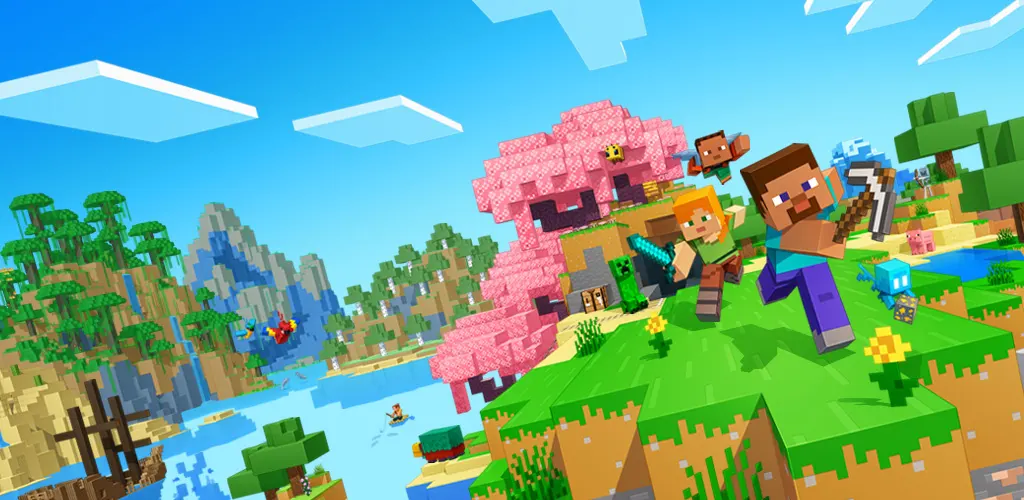The gaming world has witnessed countless titles attempting to capture the magic that made Minecraft a global phenomenon. Since its official launch in 2011, Minecraft has become one of the highest-grossing video games ever created, maintaining its popularity for over a decade while inspiring countless similar titles.
These games, often called clones, share common elements with Minecraft’s successful formula of block-based worlds, crafting systems, and survival mechanics. While some focus heavily on survival aspects, others emphasize creative building or blend in entirely different gameplay elements like RPG mechanics or tower defense.
Mobile Gaming Takes on Block Building
Pocket Craft: Survivor Mode
Released in May 2014 for iOS devices, Pocket Craft brought the block-building experience to mobile platforms when such adaptations were revolutionary. Developed by Bunbo Games, this title focused primarily on survival mechanics rather than creative sandbox elements.
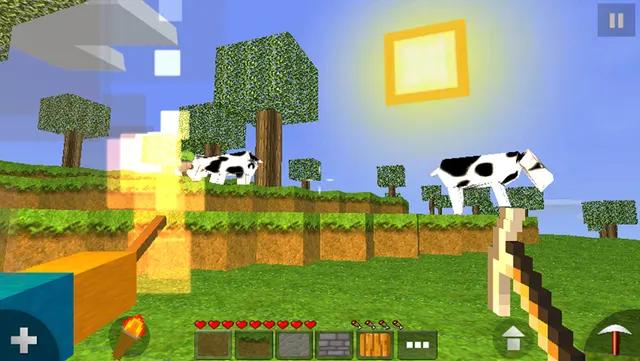
Players must construct shelters and gather resources to survive nighttime zombie attacks. The game successfully translated core survival concepts to touchscreen controls, making it accessible to mobile gamers seeking Minecraft-style gameplay on the go.
Minebuild: Worldcraft Survival
Android users found their answer to mobile sandbox gaming with Minebuild in June 2015. Created by Pixelbox Studio, this title emphasized crafting and sandbox elements more than its survival-focused counterparts.
Despite launching after Minecraft’s mobile release in late 2014, Minebuild attracted a substantial following by offering features that the official mobile version initially lacked. The game provided considerable creative freedom within the mobile gaming format.
PC Gaming Innovations
Total Miner
Originally an Xbox 360 exclusive before arriving on PC in December 2017, Total Miner by SamplerState Games LLC represents a comprehensive sandbox experience. The game distinguishes itself by incorporating RPG elements including skill trees alongside traditional block-building mechanics.
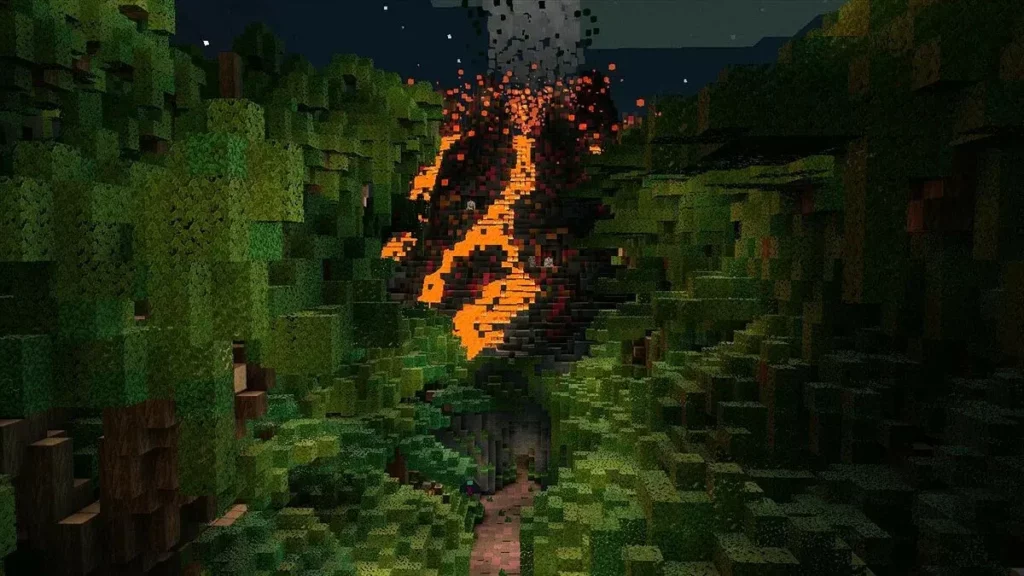
Supporting up to 24 players in multiplayer mode, Total Miner offers both familiar sandbox gameplay and unique features that help it stand apart from other similar titles.
FortressCraft Evolved!
ProjectorGames created something truly different with FortressCraft Evolved!, launching in November 2015. This title combines voxel-based building with tower defense mechanics and assembly line construction, creating a unique hybrid experience.
Set on an alien world where players crash-land with minimal equipment, the game challenges users to build up their capabilities while defending against threats. The combination of familiar crafting elements with strategic tower defense creates an engaging twist on the sandbox formula.
RPG-Influenced Adventures
Cube World
Picroma’s Cube World, which began as an alpha release in July 2013 before its full launch in 2019, represents what Minecraft might look like as a dedicated RPG. The game features character creation, combat-focused gameplay, and a colorful world filled with castles and dungeons.
The title emphasizes exploration and combat over building, offering players opportunities to battle various creatures throughout its vibrant, blocky landscapes.
Dragon Quest Builders 2
Square Enix and Omega Force collaborated to create Dragon Quest Builders 2, released in July 2019. This action RPG transforms the traditional turn-based Dragon Quest formula into an accessible sandbox experience with hack-and-slash combat.
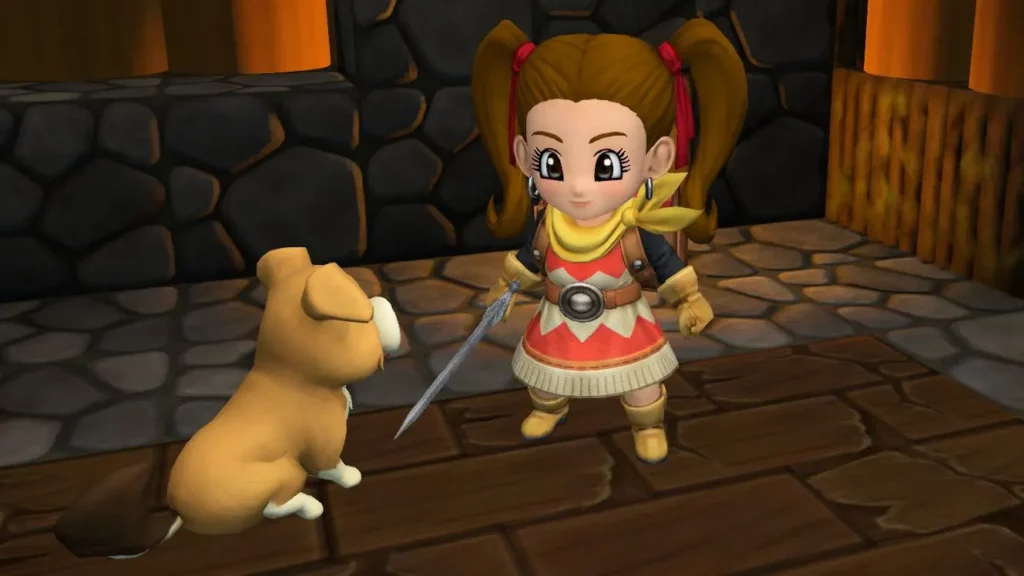
The game successfully merges beloved RPG storytelling with Minecraft-inspired building mechanics, creating a unique hybrid that appeals to fans of both genres.
Cross-Platform Survival Experiences
CastleMiner Z
Digital DNA’s November 2011 release CastleMiner Z focused on cooperative survival horror within a block-based world. Players can customize their terrain type before facing zombie-infested environments.
The game became the standout entry in the CastleMiner franchise, with its zombie focus and design variety providing substantial replay value for survival enthusiasts.
Cube Life: Island Survival
Cypronia’s Cube Life, originally developed for Wii U in June 2015 before expanding to multiple platforms, places players on a shipwrecked island. The game offers survival, creative, and multiplayer modes while featuring boss battles and nighttime cannibal encounters.

This island setting creates a more traditional survival game atmosphere compared to Minecraft’s open-world approach.
Creative and Technical Innovations
LEGO Worlds
Traveller’s Tales brought the iconic LEGO brand into sandbox gaming with LEGO Worlds in June 2015. The game features procedurally generated worlds where players collect gold bricks across different planets while completing quests to become master builders.
This title successfully translates the LEGO building experience into digital form while maintaining the franchise’s characteristic charm and creativity.
Minetest
The Minetest Team created an open-source game engine in November 2010 that allows users to develop their own voxel-based games. While appearing similar to Minecraft, Minetest functions as a creation platform rather than a single game experience.
This engine has enabled countless user-generated games and modifications, demonstrating the lasting appeal of voxel-based gaming.
2D Alternatives
Starbound
Chucklefish’s Starbound, released in July 2016, takes sandbox survival into space with a 2D perspective. Often compared to Terraria, the game features procedurally generated galaxies, quest systems, and extensive modding support.
The sci-fi setting and 2D gameplay create a distinctly different experience while maintaining core sandbox and survival elements that Minecraft fans appreciate.
Terraria
Re-Logic’s Terraria stands as perhaps the most successful Minecraft alternative, launching in May 2011 and maintaining a dedicated fanbase ever since. This 2D adventure combines sandbox building with classic action-adventure gameplay.
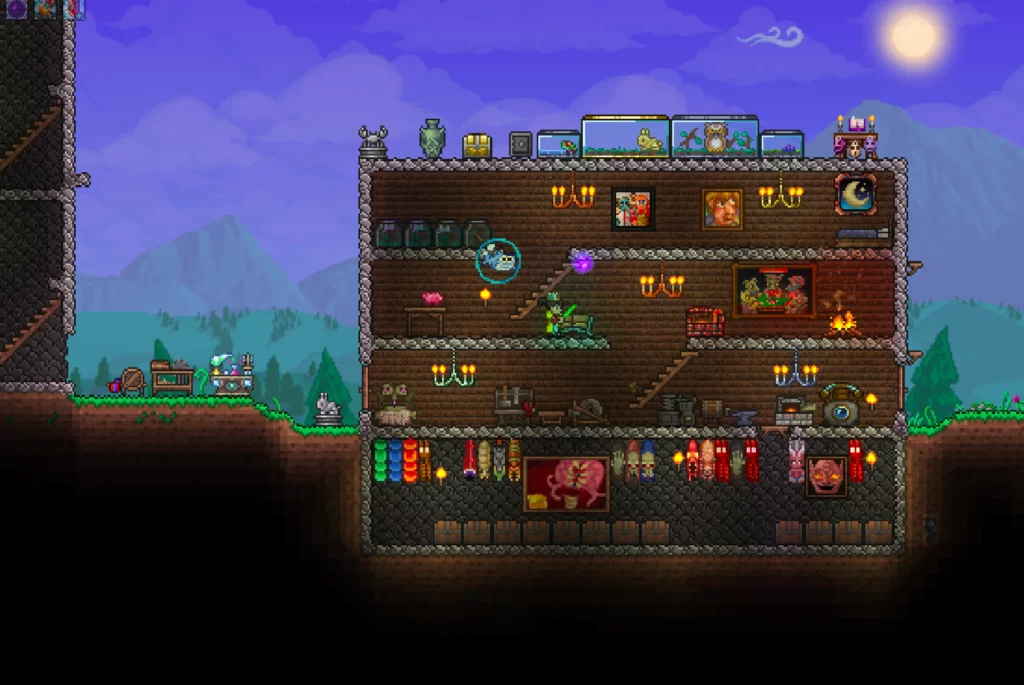
The game features an intricate crafting system that surpasses Minecraft’s complexity while offering a completely different visual and gameplay perspective. Terraria has evolved continuously since launch, attracting new players while retaining its original charm.
The influence of Minecraft on gaming continues to inspire developers to create innovative takes on block-based, sandbox, and survival gameplay. These alternatives demonstrate that while the core formula remains appealing, there’s significant room for creativity and innovation within the genre.
